Weeping Forsythia: The Showstopper Shrub That Will Brighten Up Your Spring
Weeping Forsythia: The Showstopper Shrub That Will Brighten Up Your Spring
Forsythia is a popular shrub known for its bright yellow flowers that bloom in early spring. But did you know that there is a type of forsythia that is even more spectacular than the rest? Weeping forsythia is a stunning shrub that can add a touch of elegance and drama to any landscape.
What is weeping forsythia?
Weeping forsythia is a type of forsythia that has a cascading growth habit. This means that the branches of the shrub droop down, creating a weeping or weeping fountain-like effect. Weeping forsythia can grow up to 10 feet tall and 15 feet wide, making it a large shrub that can be used as a focal point in the landscape.
The flowers of weeping forsythia
The flowers of weeping forsythia are the same bright yellow as other types of forsythia. They bloom in early spring, usually in March or April. The flowers are produced on the old wood of the shrub, so they will bloom even if the shrub is pruned in the fall.
How to care for weeping forsythia
Weeping forsythia is a relatively easy shrub to care for. It prefers full sun but can tolerate partial shade. It is also drought-tolerant once established. Weeping forsythia does not need to be pruned often. A light pruning in the fall will help to keep the shrub in shape.
Where to plant weeping forsythia
Weeping forsythia is a beautiful shrub that can be used in a variety of landscape settings. It can be planted as a focal point in the garden, or it can be used to create a hedge or screen. Weeping forsythia is also a good choice for planting near a patio or walkway, as the cascading branches create a shady spot.
Conclusion
Weeping forsythia is a beautiful and versatile shrub that can add a touch of elegance and drama to any landscape. If you are looking for a shrub that will brighten up your spring, weeping forsythia is a great choice.
Weeping forsythia is a beautiful and versatile shrub that can add a touch of springtime to any garden. With its cascading branches of yellow flowers, it is a sight to behold. But weeping forsythia is more than just a pretty face. It is also a relatively low-maintenance plant that is easy to grow.
If you are interested in learning more about weeping forsythia, I encourage you to visit Garden Wiki. This website has a wealth of information about the plant, including its history, cultivation, and care. You can also find photos and videos of weeping forsythia in bloom.
I hope you enjoy learning more about this amazing plant. And who knows, you might just be inspired to add a weeping forsythia to your own garden.
FAQ of weeping forsythia
Question 1: What is weeping forsythia?
Answer: Weeping forsythia is a type of forsythia that is known for its long, cascading branches and its bright yellow flowers. It is a deciduous shrub that is native to China and Japan. Weeping forsythia typically blooms in early spring, before most other shrubs and trees.
Question 2: How do I care for weeping forsythia?
Answer: Weeping forsythia is a relatively easy plant to care for. It prefers full sun or partial shade and moist, well-drained soil. It is drought-tolerant once established, but it will benefit from regular watering during the first year after planting. Weeping forsythia does not need to be fertilized often, but a light application of fertilizer in the spring will help it to bloom profusely.
Question 3: How do I prune weeping forsythia?
Answer: Weeping forsythia should be pruned in late winter or early spring, before it blooms. Pruning can be done to maintain the desired shape of the shrub or to remove dead or diseased branches. Weeping forsythia is a vigorous grower, so it may need to be pruned more often than other shrubs.
Question 4: What are some common problems with weeping forsythia?
Answer: The most common problems with weeping forsythia are pests and diseases. Aphids, scale insects, and powdery mildew are all common pests that can attack weeping forsythia. If you notice any of these pests, you can treat them with insecticidal soap or neem oil. Weeping forsythia is also susceptible to a few diseases, including leaf spot and rust. If you see any signs of disease, you should consult with a nursery professional or an arborist for treatment recommendations.
Question 5: How can I propagate weeping forsythia?
Answer: Weeping forsythia can be propagated by cuttings or by layering. To propagate by cuttings, take 4-6 inch long semi-hardwood cuttings in late summer or early fall. Dip the cuttings in rooting hormone and plant them in a well-draining potting mix. Keep the cuttings moist and in a warm, sunny location. They should root in about 6-8 weeks. To propagate by layering, bend a branch down to the ground and secure it in place with a U-shaped piece of wire. Cover the branch with soil and keep the soil moist. The branch should root in about 6-8 weeks.
Image of weeping forsythia
5 different images of weeping forsythia from Pinterest:
- Weeping forsythia in full bloom. This image shows a weeping forsythia tree in full bloom, with its bright yellow flowers cascading down to the ground.
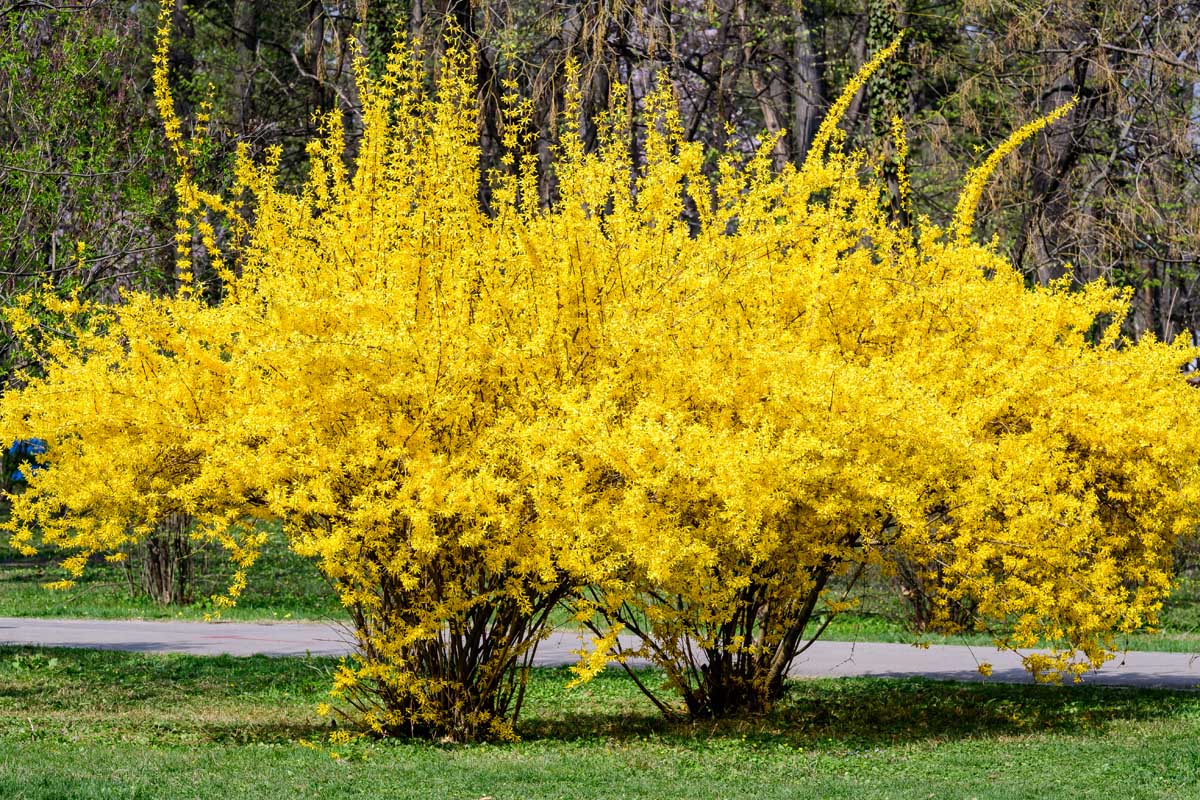
- Weeping forsythia in a pot. This image shows a weeping forsythia tree in a pot, which is a great way to grow this plant if you don't have a lot of space.
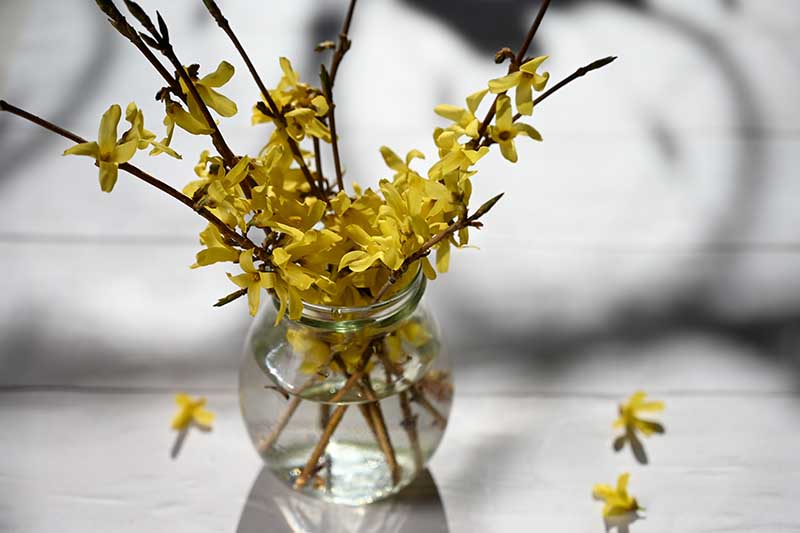
- Weeping forsythia in a hedge. This image shows a weeping forsythia hedge, which is a beautiful way to add color and interest to your garden.
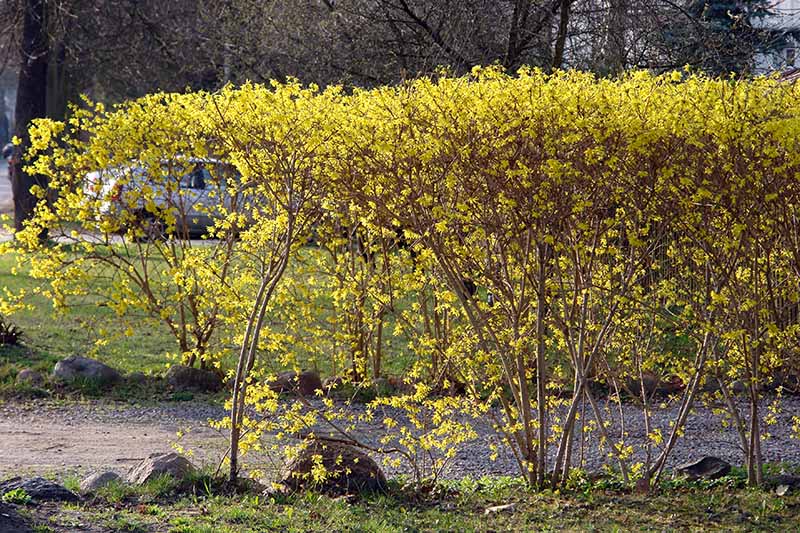
- Weeping forsythia in a woodland garden. This image shows a weeping forsythia tree in a woodland garden, where it can thrive in the dappled shade.
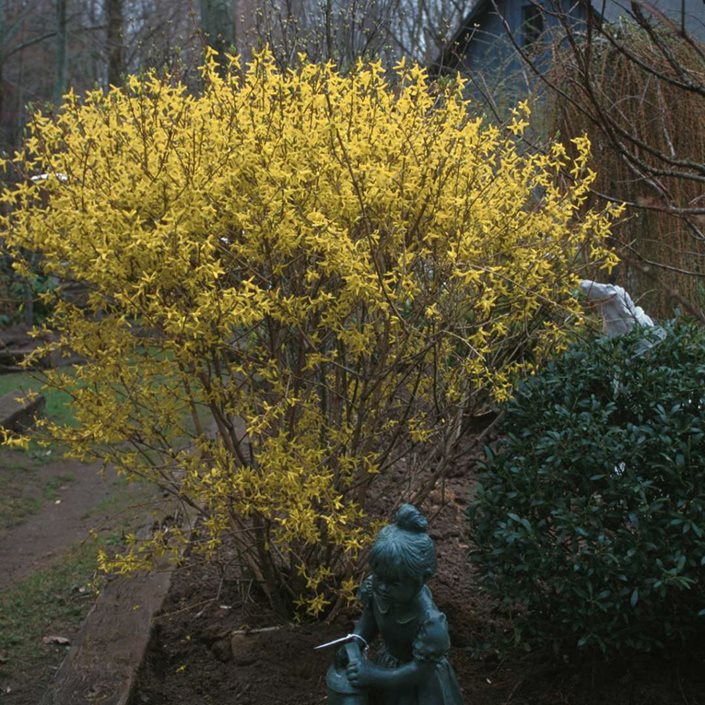
- Close-up of weeping forsythia flowers. This image shows a close-up of weeping forsythia flowers, which are a beautiful shade of yellow.
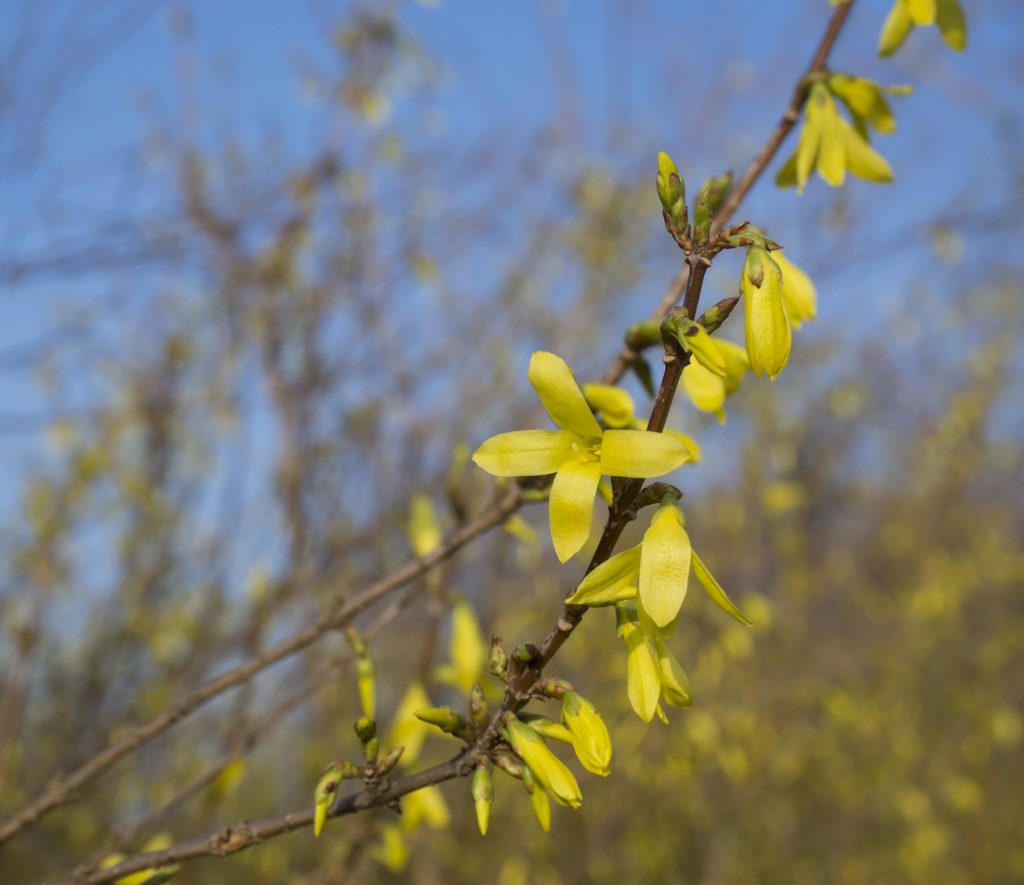
Post a Comment for "Weeping Forsythia: The Showstopper Shrub That Will Brighten Up Your Spring"